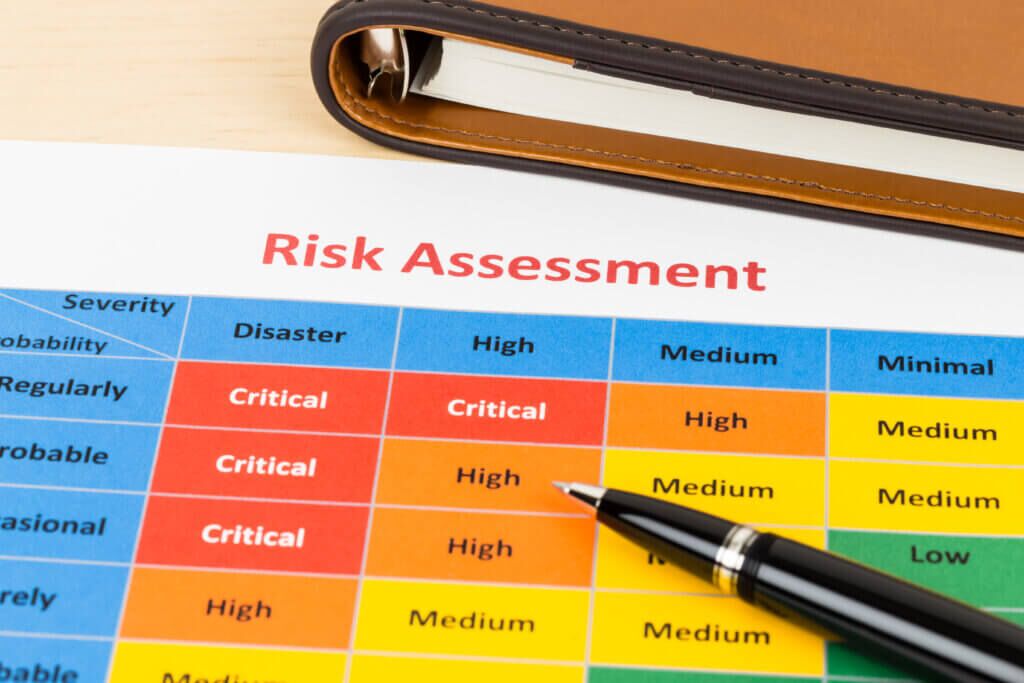The latest updates to the Anti-Discrimination and Human Rights Legislation Amendment (Respect at Work) Act 2022 (Respect@Work Act 2022), impose a dramatic shift in responsibility on businesses, which are now legally required to provide a safe and respectful workplace for their employees. This change shifts the responsibility from an organisational challenge to a legal duty for leaders and all organisation members.
Summary of the Respect@Work Act
The Respect@Work Act implemented seven further recommendations from the suggested 55 from The Respect at Work: National Inquiry into Sexual Harassment in the Workplace (2020) report.
You can learn more about the latest seven recommendations implemented here.
The legislation acknowledges that gender inequality is the underlying cause of sexual harassment and establishes laws and regulations that protect employees from various forms of harassment and discrimination in the workplace. This can include harassment based on race, gender, religion, and sexual orientation and discrimination on age, disability, and pregnancy.
The specific laws and regulations include provisions for reporting and addressing incidents of harassment and discrimination, as well as protecting employees from retaliation for reporting such incidents.
Ensuring your business meets legislation in 2024
The new legislative changes impose a dramatic shift in responsibility on businesses – gone are the days of simply reacting to complaints.
These new legislative updates mean that all employers have an active duty to prevent sexual harassment, sexual discrimination, and victimisation from occurring in the workplace.
The Australian Human Rights Commission (AHRC) gained powers in December 2023 which allows them to oversee and enforce compliance on Australian business. Those found to breach the Respect@Work Act 2022, will face major consequences.
The consequences of non-compliance
Businesses that breach the legislation may be subject to:
- compliance notices
- enforceable undertakings
- financial penalties
In addition, they face severe reputational costs associated with failure to prevent workplace sex discrimination and victimisation.
What businesses can do to promote a safe and respectful environment
We’ve broken down some of Respect@Work’s recommended measures to apply to your business to help prevent sexual harassment and discrimination in the workplace while also promoting and creating a safe and respectful work environment.

1. Implement and review processes, policies, and procedures
Companies should implement and regularly review their policies, procedures, and processes to ensure that they are effective in preventing and addressing harassment and discrimination in the workplace.
Items to update can include:
- Harassment and discrimination reporting
- Investigation process
- Anti-retaliation policy
- Discipline and corrective action
- Code of Conduct
2. Formal learning
Ensuring staff understand their legal obligations and know what is considered sexual harassment, is a key element of sexual harassment education.
Learning needs to be:
- Compulsory for all staff – including management, contractors, and volunteers
- Targeted – everyone’s role in an organisation (from CEO to volunteers) varies when it comes to preventing harassment in the workplace. Training should reflect information that pertains to each role.
- Rolled out regularly – Develop a training schedule including refresher training or followed up with microlearning so information is retained
- Trackable and reportable – to prove staff have completed their training but measure the extent they understand the content, and if there are knowledge gaps that need to be addressed
3. Risk assessment
Risk assessment involves identifying and evaluating potential hazards or risks that may contribute to harassment or discrimination in the workplace – much like physical hazards that fall under your Work Health and Safety obligations.

This can include:
- identifying patterns of behaviour
- evaluating the effectiveness of current policies and procedures and
- identifying areas where additional training may be needed.
By identifying and addressing potential risks, companies can proactively take steps to prevent harassment and discrimination in the workplace.
4. Transparency
Companies should communicate their policies, procedures, and processes for addressing harassment and discrimination clearly and regularly to all employees.
They should also be open and transparent about the steps they are taking to prevent and address harassment and discrimination, and they should be responsive to employee concerns and complaints.
This can help build trust with employees and create a culture of respect in the workplace.
Identifying and addressing potential issues related to harassment and discrimination in the workplace promotes a culture of respect and trust, and proactively prevents incidents of harassment and discrimination.
This not only helps companies to comply with Respect at Work legislation but also creates a safe and respectful working environment for all employees.
5. Support and reporting
Often, businesses have been overwhelmed by victim reports, leading to unsatisfied outcomes and limited responses, and therefore discouraging victims from speaking out in the future.
Building a support system that supports a victim after a report of sexual harassment provides the foundation of a trusted and transparent response system.
Ensuring your staff understands your company’s reporting framework, what support system is available to them, and that your company can take the right steps to apply appropriate disciplinary and other consequences, will improve the overall process for victims.
6. Measuring
Regularly capturing your internal data will allow you to better understand the success of your positive and preventative efforts. This can include:
- measuring the results of learner training
- the number of reports made and their outcomes
- exit interviews
- absenteeism and sick leave levels
- turnover rates
This step will enable data-driven results to easily see what systems and processes need to be improved or refreshed.
You can learn more about the legislation and further recommendations on the Respect@Work website or watch our on-demand webinar to hear more about the new changes, preventive measures you can start implementing and more.
To discuss any aspect of this new legislation or any other compliance topic, please book an appointment today with one of our experienced compliance consultants.


